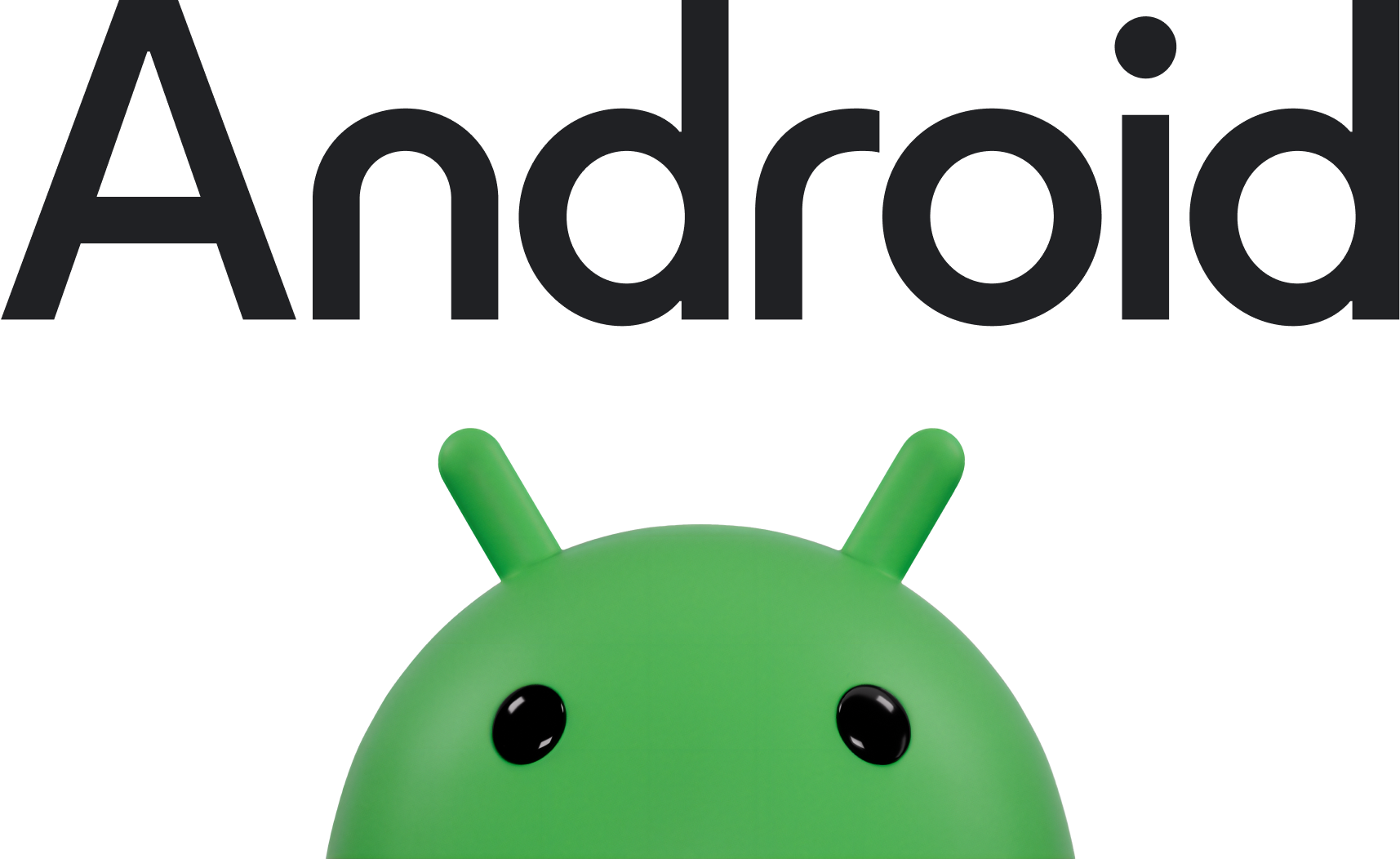
Androida 15 QPR2 możesz uzyskać na jeden z tych sposobów:
Pobieranie QPR2 na urządzenie Google Pixel
Najprostszym sposobem na uzyskanie Androida 15 QPR2 na urządzeniu Pixel jest zarejestrowanie go w programie Android Beta dla Pixela.
Rejestracja jest szybka. Gorąco zachęcamy do zapisów wszystkich, którzy chcą jako pierwsi przetestować naszą usługę, a szczególnie deweloperów. W większości przypadków nie musisz całkowicie resetować danych, aby zainstalować wersję beta Androida 15 QPR, zalecamy jednak utworzenie kopii zapasowej danych przed zarejestrowaniem urządzenia.
Po zarejestrowaniu urządzenie będzie otrzymywać ciągłe aktualizacje OTA do najnowszych wersji beta (w tym kwartalne wersje platformy), dopóki nie wyrejestrujesz go z programu.
Android 15 QPR2 jest dostępny na tych urządzeniach Pixel:
- Pixel 6 i 6 Pro
- Pixel 7 i 7 Pro
- Pixel 7a
- Pixel Fold
- Pixel Tablet
- Pixel 8 i 8 Pro
- Pixel 8a
- Pixel 9, 9 Pro, 9 Pro XL i 9 Pro Fold
Rejestracja w programie testów beta Androida 15 na Pixela
Flashowanie lub ręczne instalowanie obrazu systemu
Możesz też flashować lub ręcznie zainstalować na urządzeniu Pixel najnowszą wersję beta QPR Androida 15. Zalecany sposób flashowania Androida 15 QPR2 na urządzeniu Pixel to użycie Android Flash Tool.
Jeśli wolisz ręcznie flashować oprogramowanie na urządzenie, możesz pobrać obraz systemu dla swojego urządzenia ze strony Obrazy fabryczne dla Google Pixel. Ogólne instrukcje dotyczące flashowania obrazu systemu na urządzeniu znajdziesz na tej stronie. Jest to dobre rozwiązanie, jeśli potrzebujesz większej kontroli nad procesem testowania, np. w przypadku testów automatycznych lub regresyjnych.
Pobieranie podstawowego obrazu systemu (GSI)
Pliki binarne podstawowego obrazu systemu Android (GSI) są dostępne dla deweloperów do testowania i weryfikowania aplikacji na obsługiwanych urządzeniach zgodnych z Treble. Możesz użyć tych obrazów, aby rozwiązać problemy ze zgodnością, a także wykrywać i zgłaszać problemy z systemem operacyjnym i platformą.
Więcej informacji o wymaganiach dotyczących urządzeń, instrukcjach flashowania i wybieraniu odpowiedniego typu obrazu dla urządzenia znajdziesz w dokumentacji GSI. Gdy będziesz gotowy(-a) do pobrania pliku binarnego GSI, zapoznaj się z sekcją Pobieranie na stronie plików binarnych GSI.

